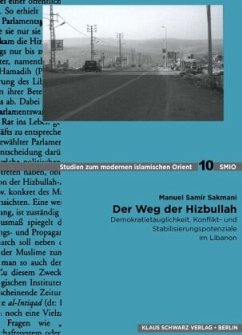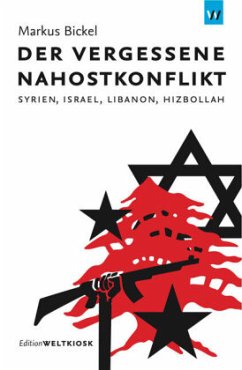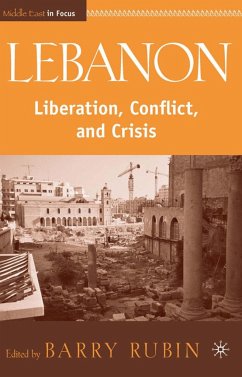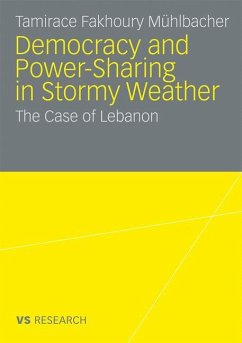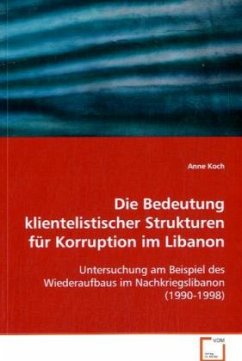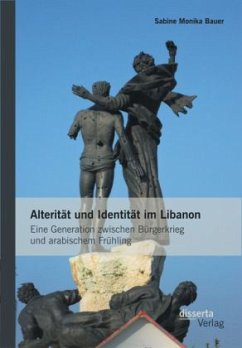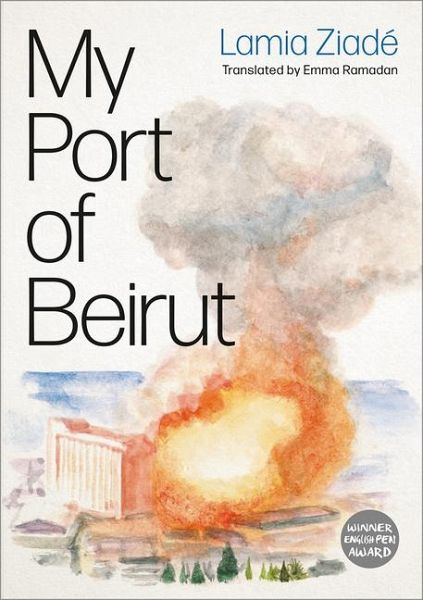
My Port of Beirut

PAYBACK Punkte
7 °P sammeln!
In August 2020, Lebanon was in the midst of the global pandemic and a devastating economic crisis. People protested in the streets, calling for the removal of a political elite accused of greed, negligence and incompetence. The Lebanese people felt as though their country was staring into the abyss. But the worst was yet to come.On the evening of August 4, 2020, Hangar 12 of the Port of Beirut exploded, and then exploded again. A shockwave moving faster than the speed of sound tore through Beirut, leaving nearly 200 people dead, 6,000 injured and 300,000 homeless. The blast had been caused by ...
In August 2020, Lebanon was in the midst of the global pandemic and a devastating economic crisis. People protested in the streets, calling for the removal of a political elite accused of greed, negligence and incompetence. The Lebanese people felt as though their country was staring into the abyss. But the worst was yet to come.
On the evening of August 4, 2020, Hangar 12 of the Port of Beirut exploded, and then exploded again. A shockwave moving faster than the speed of sound tore through Beirut, leaving nearly 200 people dead, 6,000 injured and 300,000 homeless. The blast had been caused by the storing of thousands of tons of ammonium nitrate alongside a stash of fireworks - a deadly arrangement about which the government had known, but done nothing.
For six months straight, French-Lebanese author and artist Lamia Ziade wrote, illustrated and recorded every new piece of information, every photograph of the wreckage or the wounded that made its way around WhatsApp groups, Instagram and Twitter. In My Port of Beirut, Ziade weaves together the play-by-play of the tragedy with her own personal stories, as well as the historical and political background that made such a catastrophe possible and, perhaps, inevitable.
On the evening of August 4, 2020, Hangar 12 of the Port of Beirut exploded, and then exploded again. A shockwave moving faster than the speed of sound tore through Beirut, leaving nearly 200 people dead, 6,000 injured and 300,000 homeless. The blast had been caused by the storing of thousands of tons of ammonium nitrate alongside a stash of fireworks - a deadly arrangement about which the government had known, but done nothing.
For six months straight, French-Lebanese author and artist Lamia Ziade wrote, illustrated and recorded every new piece of information, every photograph of the wreckage or the wounded that made its way around WhatsApp groups, Instagram and Twitter. In My Port of Beirut, Ziade weaves together the play-by-play of the tragedy with her own personal stories, as well as the historical and political background that made such a catastrophe possible and, perhaps, inevitable.





